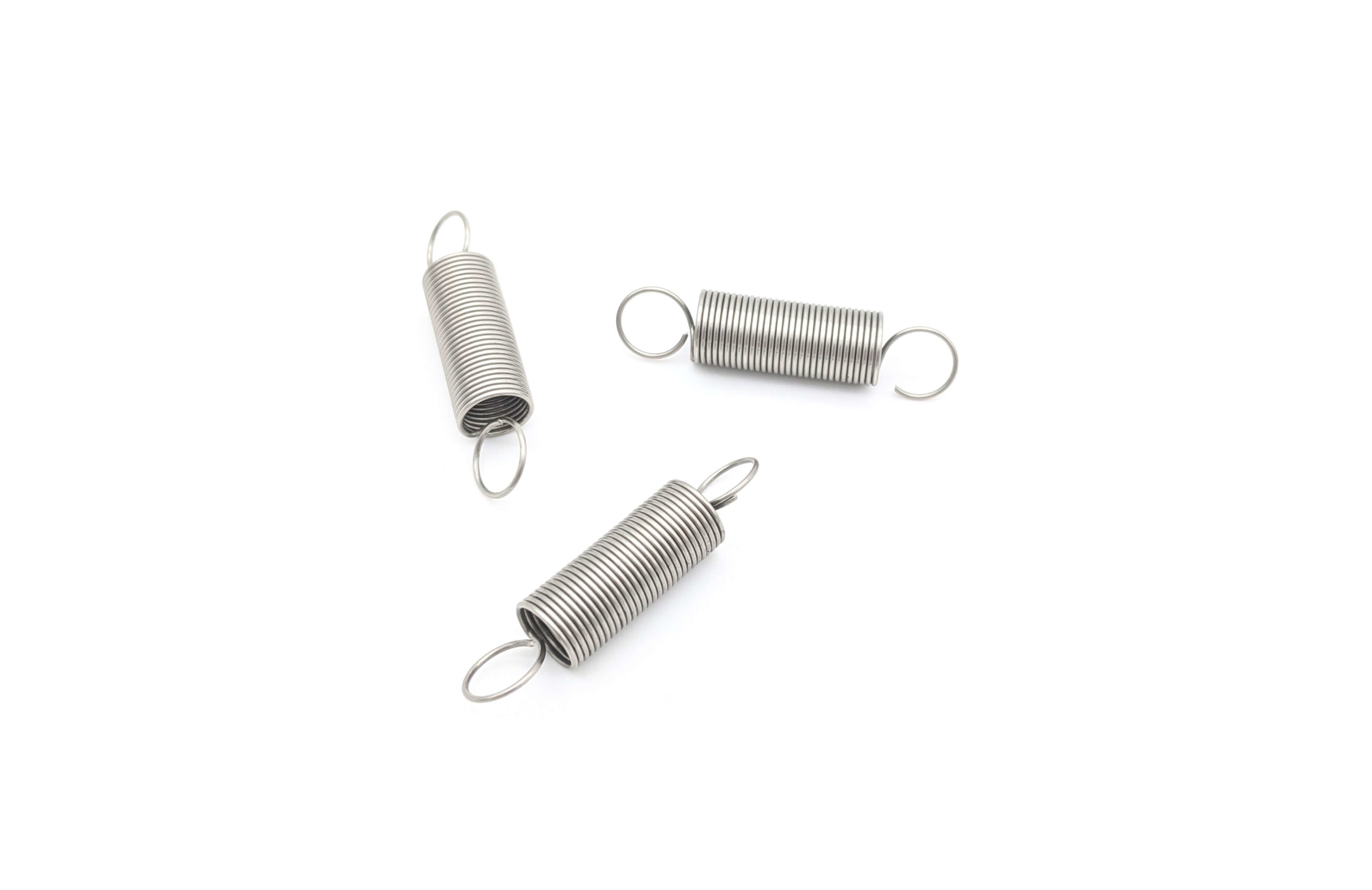Get unique, complex parts easily. No matter your requirements, Chaoyi Spring creates hard-to-produce coil springs and wire forms.
Let us help you create the custom wire form you need, from S-hooks and J-hooks to utility hooks and more.
We work closely with customers across a wide range of industries, helping them design and manufacture made-to-order parts.
Why choose Chaoyi Spring? We prioritize customer-focused collaboration, modern equipment and the latest technology to make your parts per print.
Find the information and guidance you need, from measuring a spring to learning about materials, placing an order and much more.
Choosing the right compression spring for your application can feel like a daunting task, especially when faced with a bewildering array of sizes, materials, and specifications. But fear not! This


Choosing the right compression spring for your application can feel like a daunting task, especially when faced with a bewildering array of sizes, materials, and specifications. But fear not! This guide will walk you through the basics of compression spring size charts, demystifying the terminology and helping you confidently select the perfect spring for your needs.

Compression springs, as their name suggests, are designed to resist compression forces. They are helical coils of wire that shorten when subjected to an axial load. They are ubiquitous in a wide range of applications, from everyday items like ballpoint pens and car suspensions to more sophisticated machinery. Understanding the basics of compression spring sizing is crucial for ensuring proper functionality and longevity in your applications.
A compression spring size chart typically presents information about the spring's physical dimensions and material properties, which directly impact its performance. Here's a breakdown of the key parameters you'll encounter:
Once you understand these parameters, using a compression spring size chart becomes intuitive. Here's a step-by-step approach:
Numerous resources are available to provide you with comprehensive compression spring size charts. You can find them online through manufacturers' websites, distributors, and engineering resources. Be sure to select charts from reputable sources to ensure the accuracy of the data. Here are some resources to get you started:
Here is an example of a simplified compression spring size chart for a common type of spring steel:
| Wire Diameter (d) (in) | Outer Diameter (OD) (in) | Free Length (Lf) (in) | Solid Height (Ls) (in) | Number of Coils (n) | Spring Rate (lb/in) |
|---|---|---|---|---|---|
| 0.080 | 0.500 | 1.000 | 0.500 | 10 | 20.0 |
| 0.105 | 0.750 | 1.500 | 0.750 | 12 | 35.0 |
| 0.125 | 1.000 | 2.000 | 1.000 | 15 | 55.0 |
This chart shows the key dimensions and spring rate for different sizes of compression springs. You can use this information to choose the best spring for your specific application, ensuring compatibility with the load, deflection, and space constraints.
Navigating the world of compression springs can be a lot less overwhelming when you have a solid understanding of size charts and their key parameters. By using size charts effectively, you can select the perfect compression spring for your application, achieving optimal performance and reliability. Remember to consider the factors mentioned throughout this guide for success in your spring selection journey. Happy spring designing!
Browse some of the custom wire forms and springs that we manufacture. Don’t see what you need? We specialize in made-to-order products that meet your application requirements.
Visit Our GalleryNeed a custom wire form or coil spring? We make it work. Fill out the contact form and a representative will respond within 1 business day. If you have a PDF or CAD file, you can submit to request a quote.